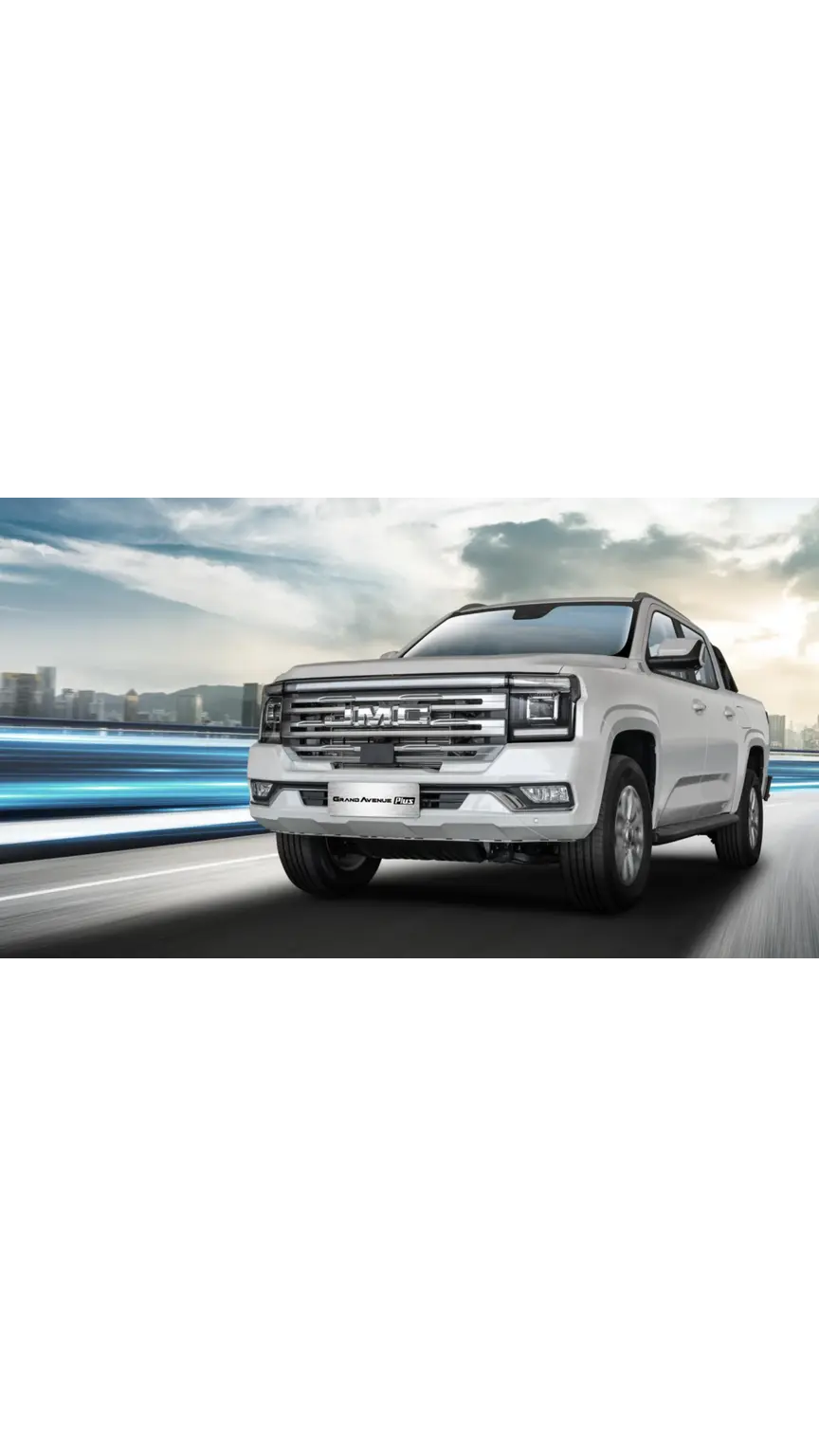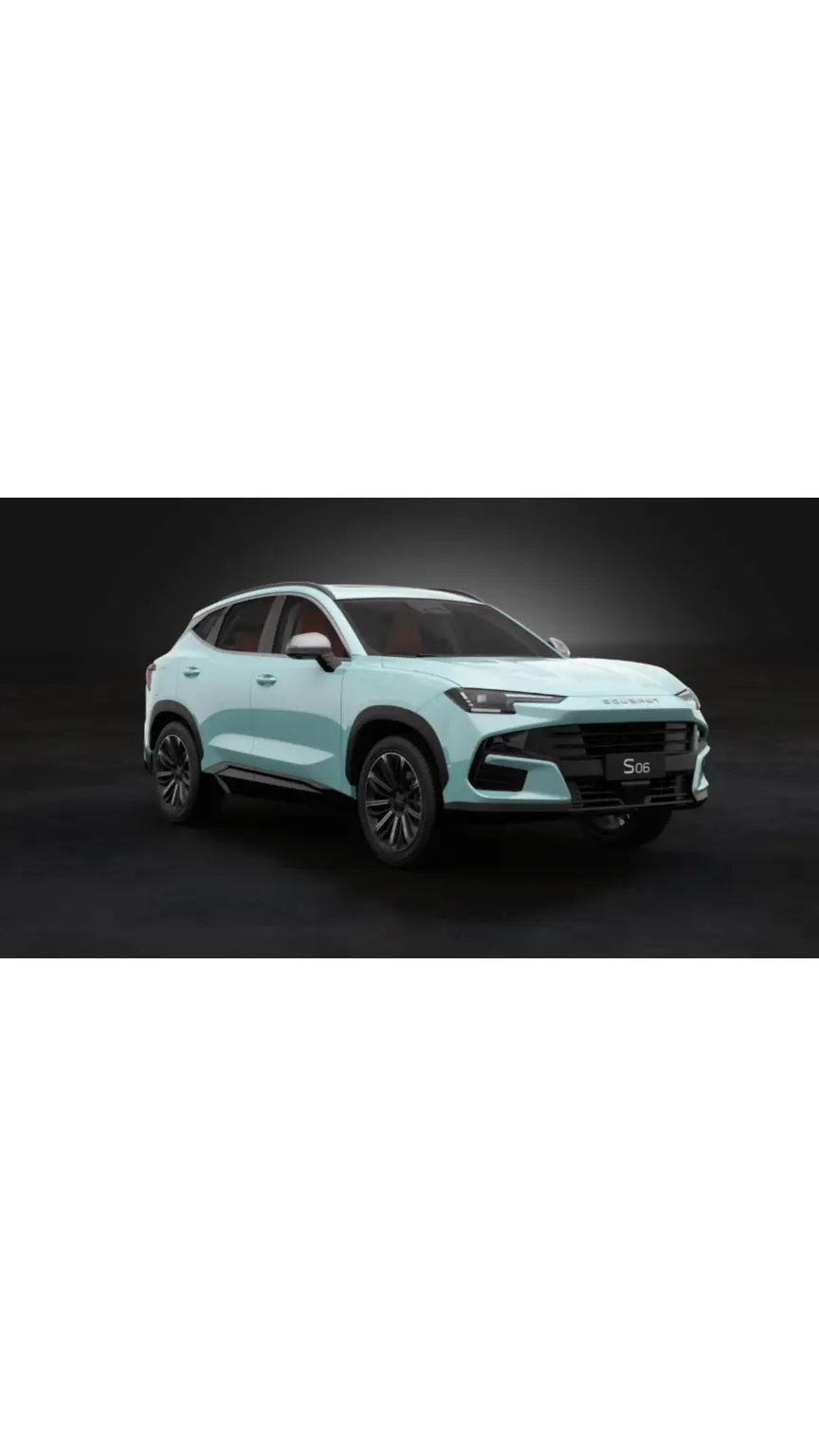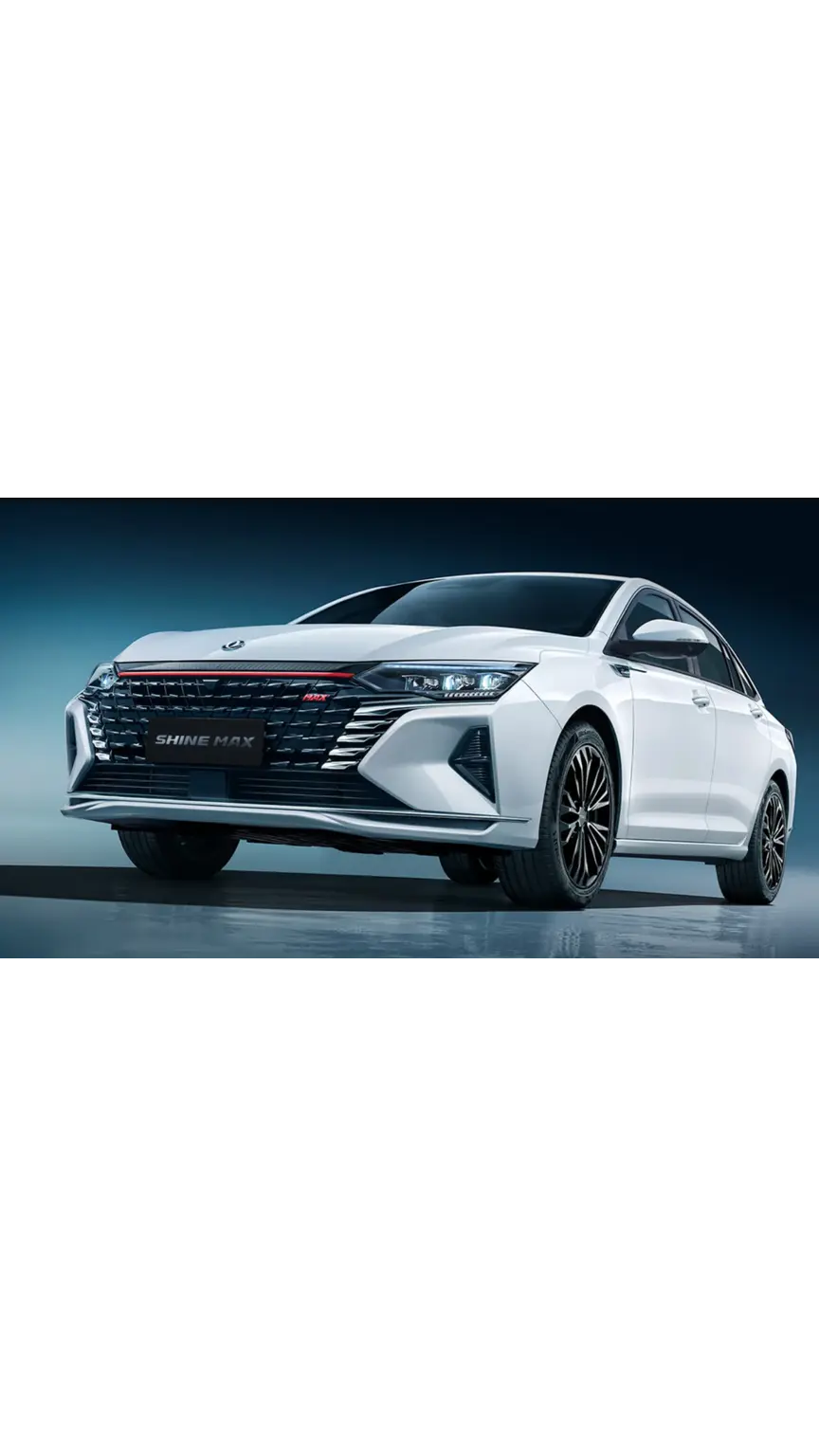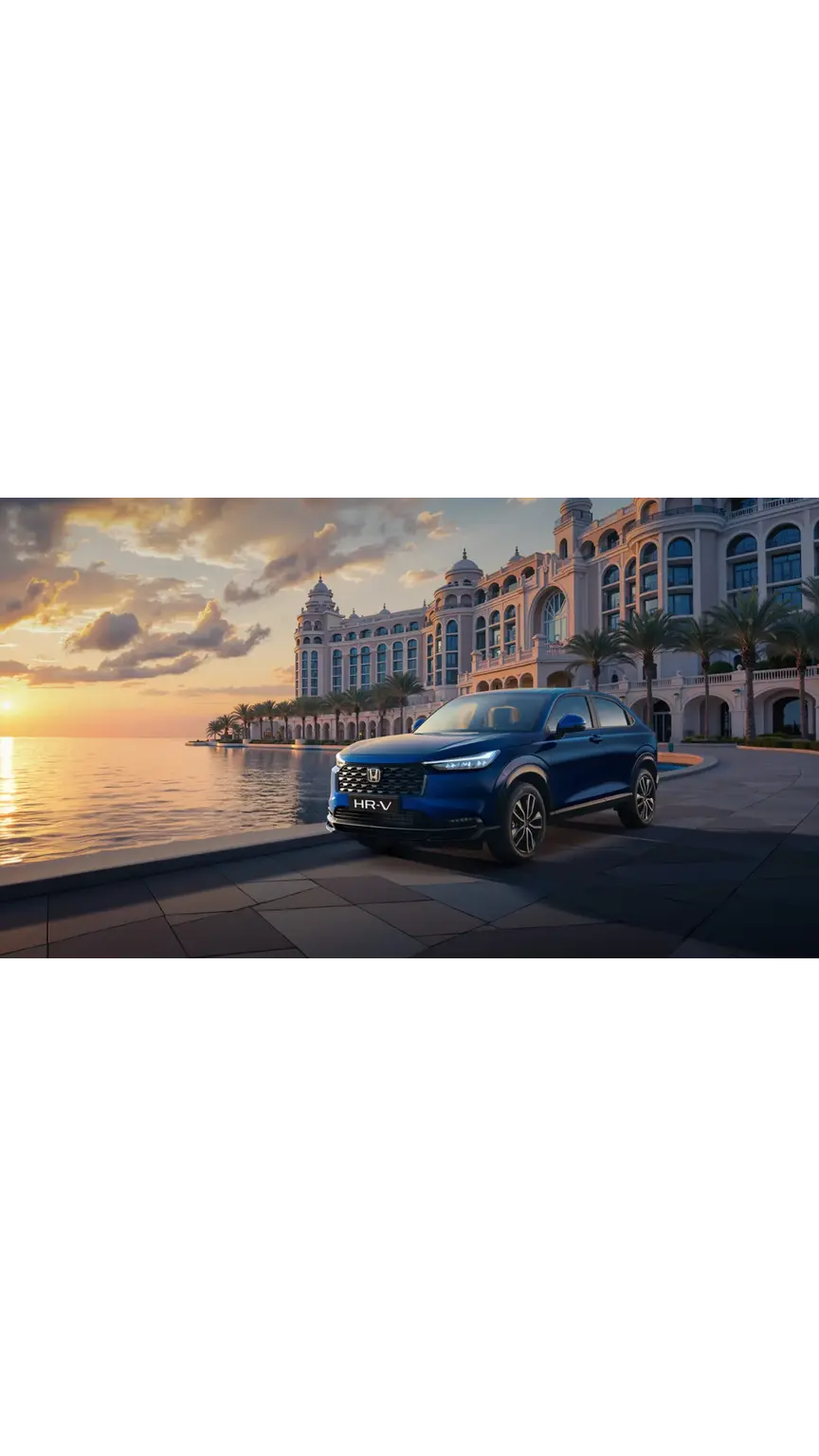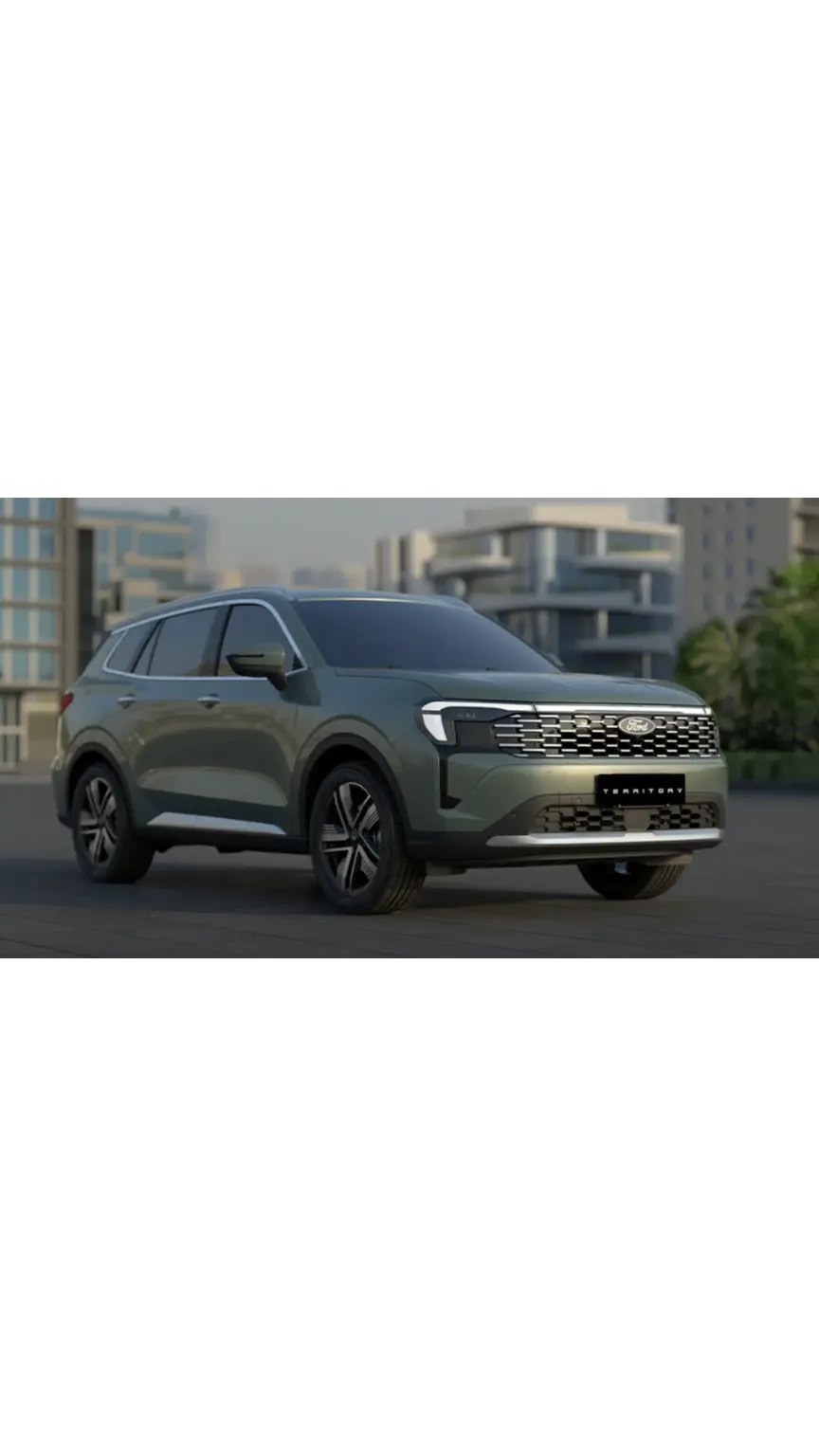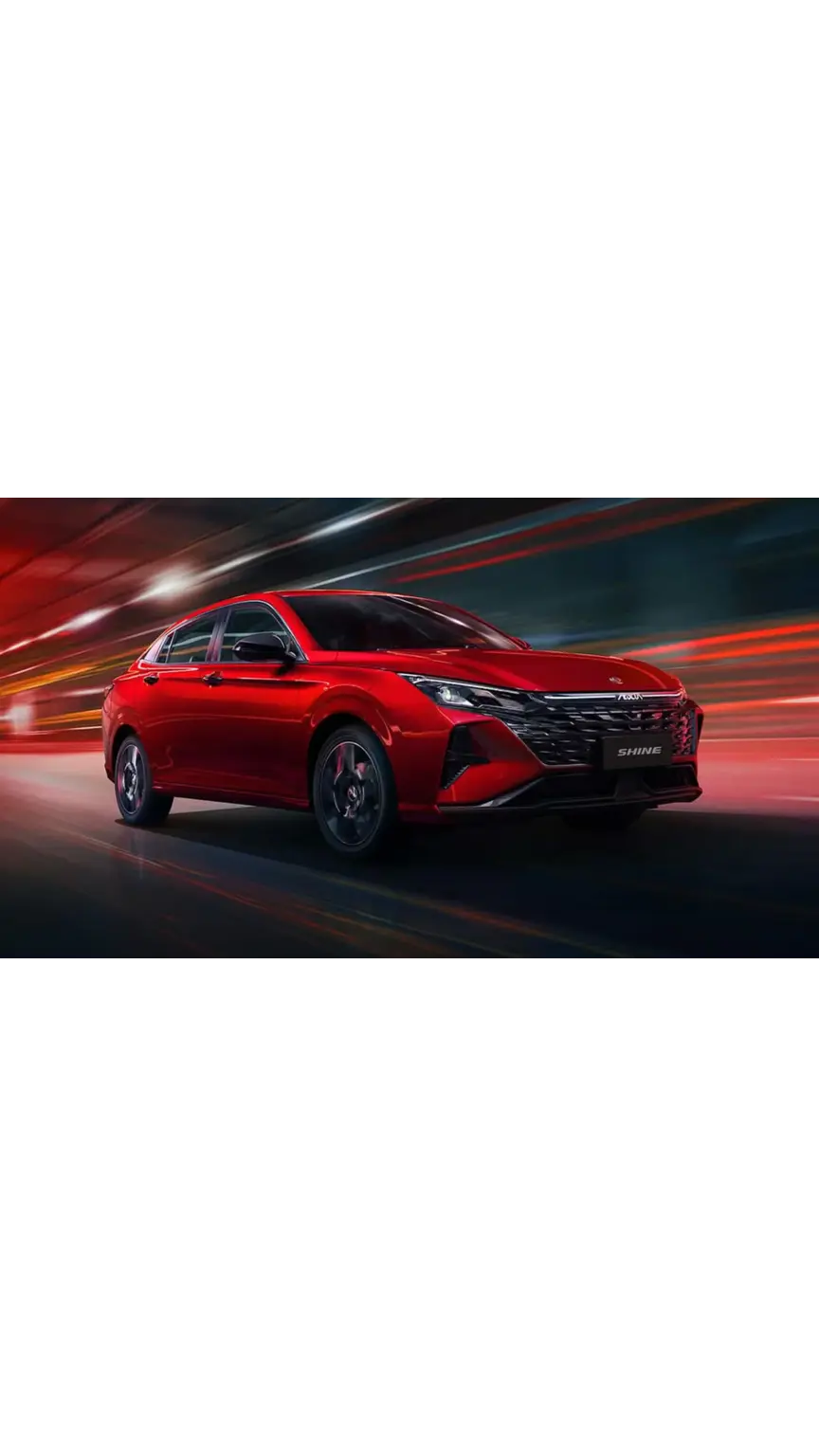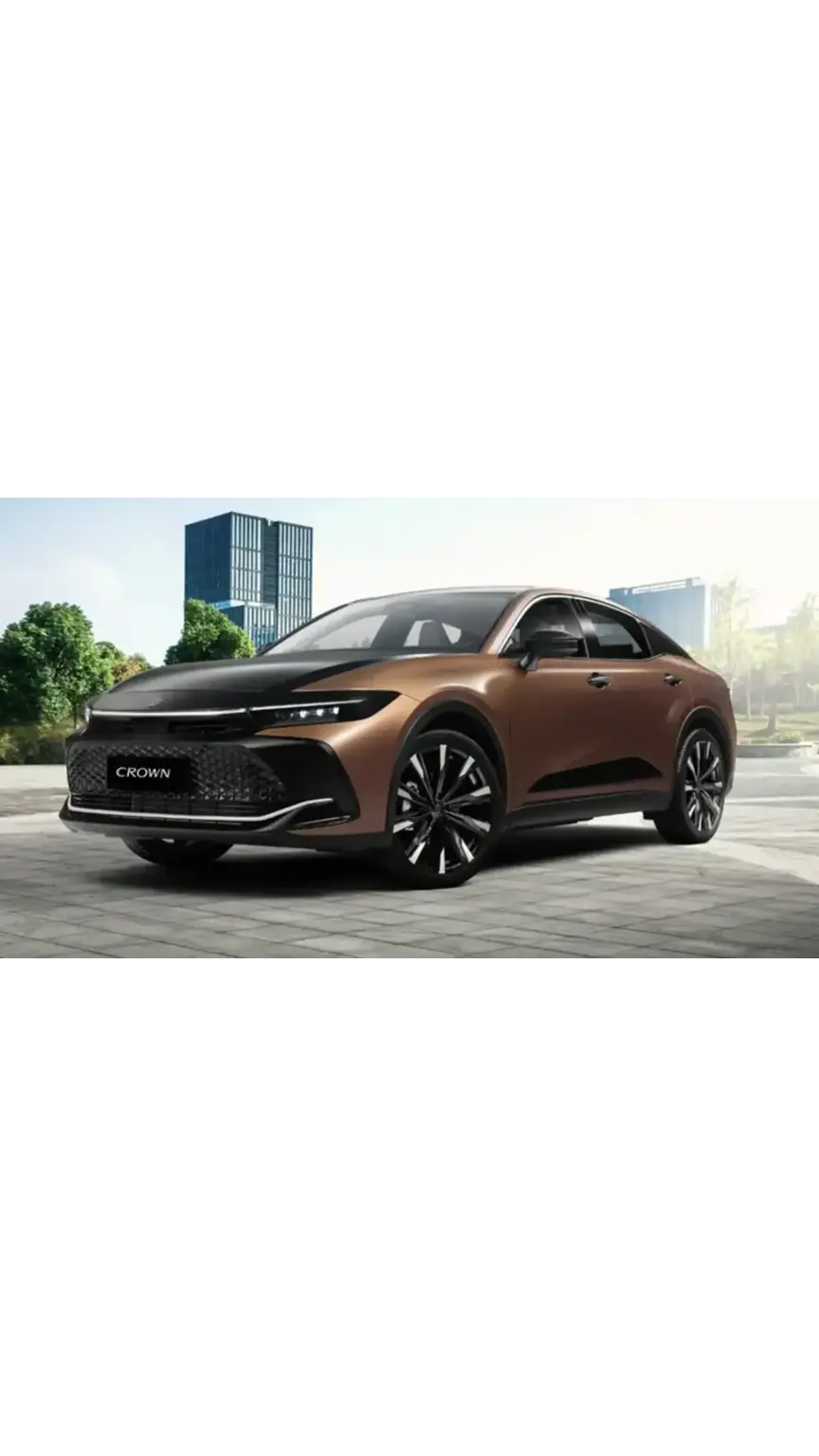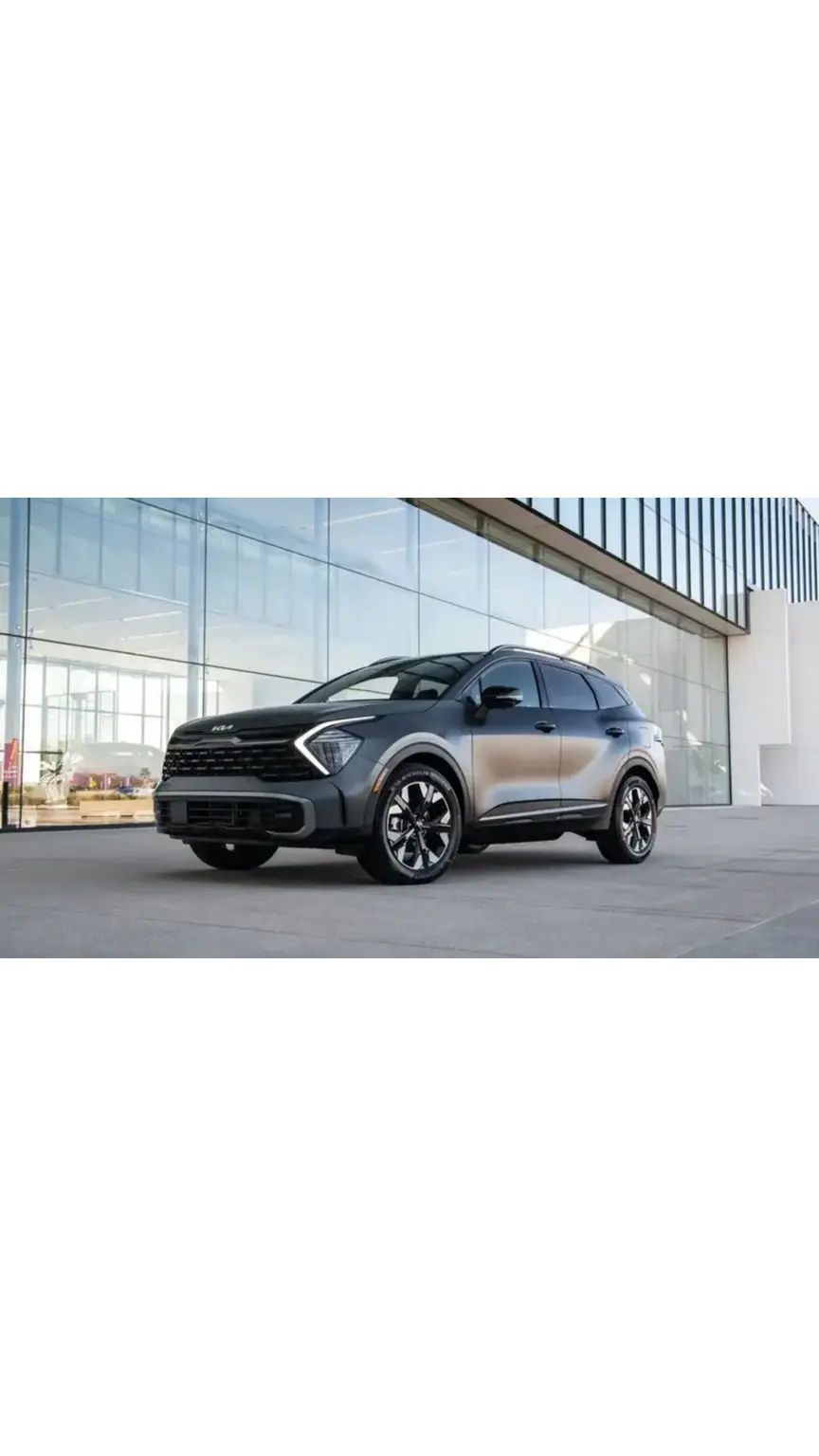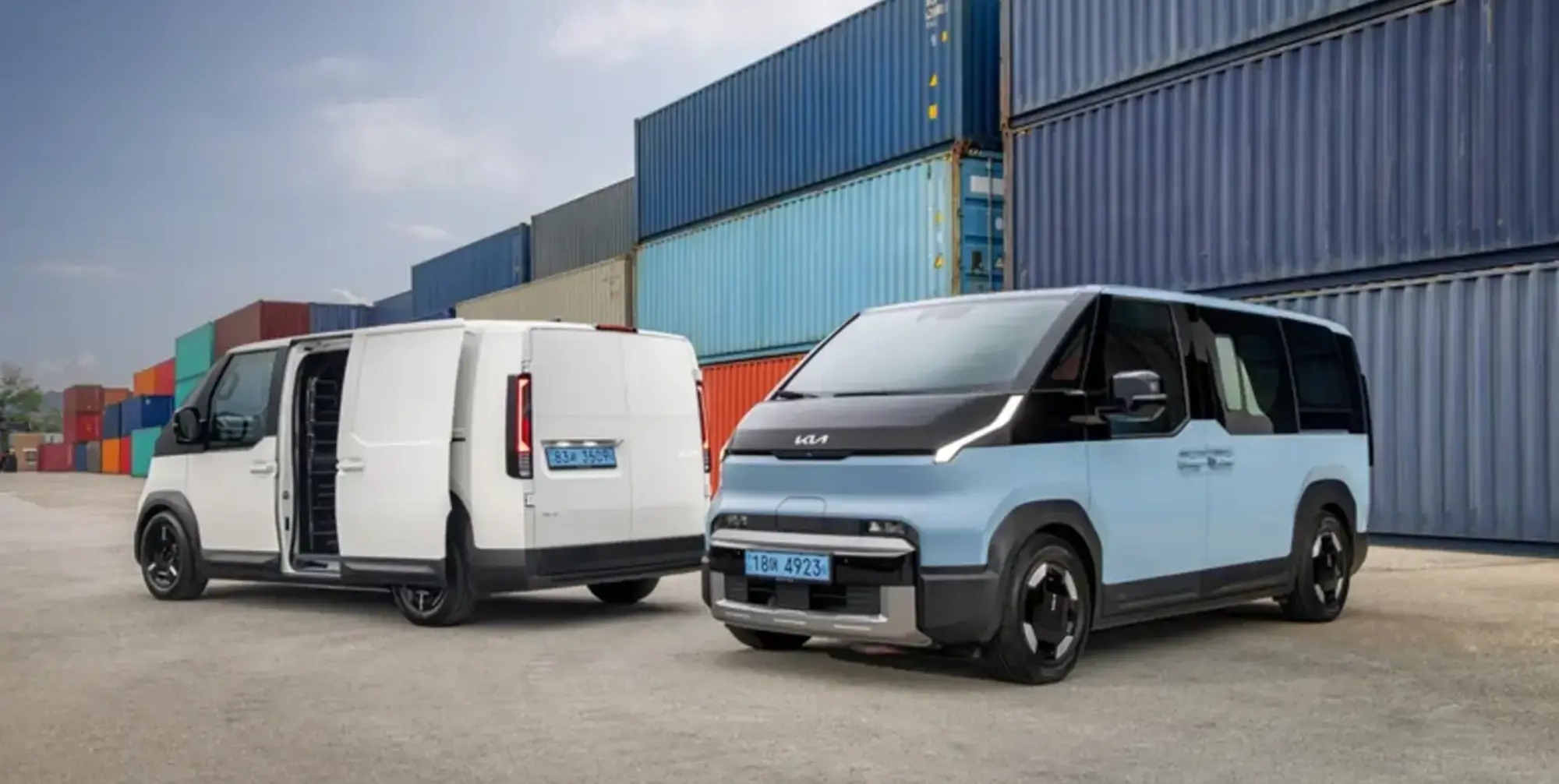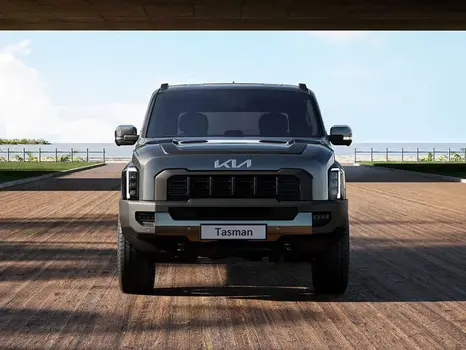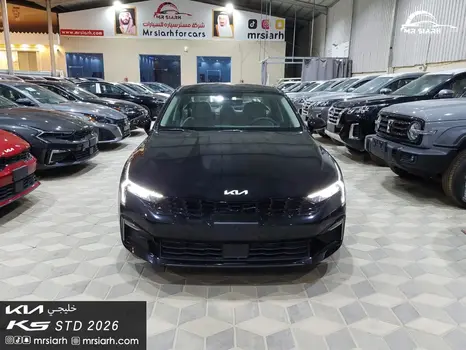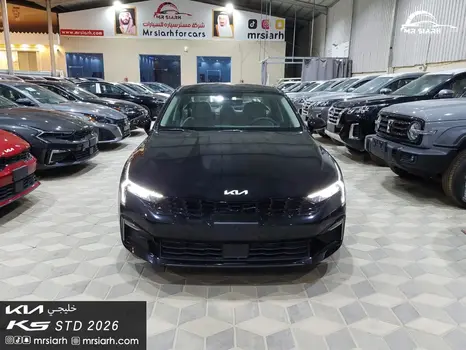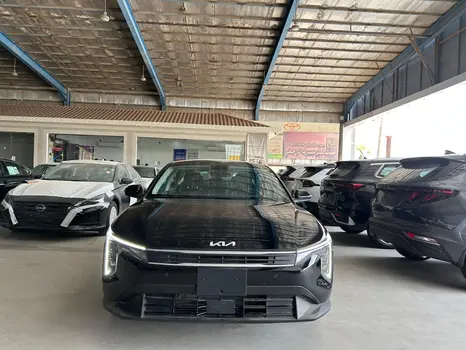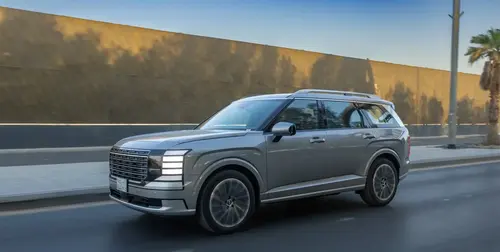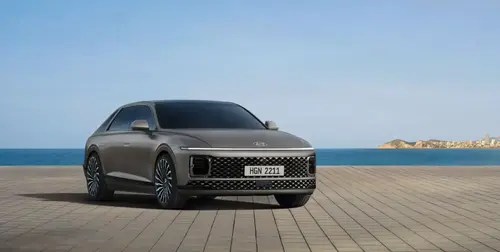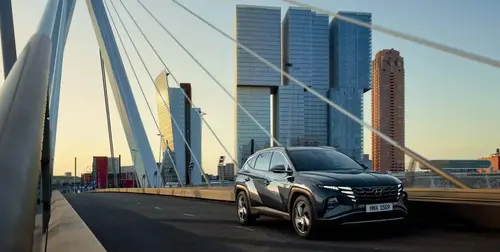Kia is advancing its vision for sustainable, customer-centric mobility with the roll-out of the Kia PV5. As Kia's first dedicated Platform Beyond Vehicle (PBV), the PV5 sets a bold new benchmark for both business and personal mobility. Built on Kia's next-generation all-electric 'E-GMP.S' PBV platform, the PV5 combines modular design, conversion-ready versatility and advanced software connectivity.
"The Kia PV5 is an industry-transforming modular, flexible and conversion-ready solution that adapts to the needs of modern businesses and modern lifestyles," said Sangdae Kim,
Executive Vice President and Head of PBV Business Division at Kia Corporation. "With the PV5, we are delivering a new benchmark in PBV technology that combines practicality, efficiency and future-ready innovation, supporting Kia's vision to lead the global shift towards sustainable, customer-centric mobility solutions."
Innovation and Flexibility in Sustainable Mobility
Aligned with its global strategy to provide sustainable mobility solutions for all, Kia aims to redefine the fast-growing PBV market with the PV5. The model is now entering mass production, built on a next-generation platform and designed with a customer-centric approach.
The showcase, themed "Adaptive Technology… Expanding Mobility," demonstrated how Kia delivers flexible, forward-thinking mobility solutions that go beyond traditional commercial vehicles, reinforcing its position as a leader in customer-focused sustainable innovation.
Syukha Jo, Head of Group 3 for Multi-Purpose Vehicle Projects in Kia’s R&D Division, commented on the PV5:
"The Kia PV5 is more than just a vehicle; it marks the beginning of an innovative and flexible mobility ecosystem designed from day one based on real customer needs. Its PBV platform and conversion system allow the vehicle to adapt to a wide range of requirements, redefining mobility for individuals and businesses alike."
Customer-Led PV5 Development for Maximum Usability

Kia developed the PV5 with a unique, customer-focused approach. Instead of relying solely on traditional research methods, the company collaborated directly with global customers to design both the vehicle and its software to meet practical daily needs.
As part of this initiative, Kia organised PBV Partner Days in 2022 and 2023, bringing together over 120 customers from Korea, Europe, North America, the Middle East, and Japan. These partners provided practical feedback based on real business needs in mobility, logistics, delivery, and facility management.
This feedback directly influenced key vehicle features, including:
- Use of stain-resistant materials
- Removal of the front passenger seat to expand cargo space
- The “internal aisle” option in high-roof models allows easy movement between the cabin and cargo area
Kia also worked closely with mobility-impaired users to develop the PV5 WAV (Wheelchair Accessible Vehicle), featuring a gently sloped side entry ramp, universal securing systems, and a low, spacious floor to ensure accessibility often overlooked in this vehicle segment.
These efforts are anchored in three core pillars of Kia’s custom PBV development strategy:
- Reducing total cost of ownership
- Delivering bespoke PBV development
- Building a scalable ecosystem encompassing both hardware and software
Battery Options and Performance
The PV5 is engineered to deliver optimal performance and practicality for a wide range of
customer needs, with tailored battery configurations for both Passenger and Cargo models.
Passenger model
- Battery options: 51.5 kWh or 71.2 kWh Nickel Cobalt Manganese (NCM) battery
- Motor output: up to 120 kW with 250 Nm of torque
- Range: up to 412 km (WLTP, 5-seater model with 71.2 kWh battery)
- Fast charging capability: all battery types charge 10 -80% within 30 minutes
Cargo model
- Battery options: 43.3 kWh Lithium Iron Phosphate (LFP) battery, 51.5 kWh or 71.2 kWh Nickel Cobalt Manganese (NCM) battery
- Motor output: up to 160 hp with 250 Nm of torque
- Range: up to 416 km (WLTP, Long model with 71.2 kWh battery)
- Fast charging capability: all battery types charge 10 - 80% within 30 minutes
Enhanced Battery Safety and Reduced Operating Costs
Battery safety is reinforced with a strengthened front structure and increased ground clearance, along with wider isolation zones between the battery and vehicle body to absorb shocks and reduce damage risk. E-GMP’s design also ensures easier maintenance, lowering operational costs. A fully integrated software system supports fleet management and real-time vehicle monitoring via Android Automotive.
To further reduce the total cost of ownership, PV5 incorporates extensive parts sharing and adaptable battery and motor systems suitable for various use cases, enhancing cost competitiveness.
E-GMP: A Foundation for Adaptive Performance!
The PV5 is built on the modular E-GMP platform, the first PBV platform from Hyundai Motor Group. This platform integrates key systems, batteries, motors, suspension, and chassis, streamlining development and significantly reducing the time required to design different vehicle configurations.
To maximise interior space, the vehicle’s electric drive components are arranged in the PE chamber, and the driver’s seat is positioned further forward than in traditional custom vehicles.
Kia introduced an innovative suspension design for a lower floor height and enhanced safety through a multi-layered structure reinforced with ultra-high-strength steel, ensuring comprehensive protection for passengers, cargo, and key vehicle components.
Dynamic & Adaptive Body

For the first time, Kia introduces the Flexible Body Structure in the PV5, modularising key components such as the body, doors, tailgate, and interior and exterior panels. Inspired by a “stacked pieces” concept, this design allows multiple vehicle configurations to be produced efficiently and flexibly.
The front cabin and first-row seats remain standard across all models, while rear modules, side glass, and roof height can be swapped like puzzle pieces. This approach enables Kia to produce up to 16 PV5 variants using a limited number of modular units.
In its initial phase, Kia will offer seven core variants:
- Long passenger models
- Standard cargo models
- Long cargo
- High-roof cargo
The long cargo version can easily convert into a passenger variant by swapping the rear side glass and tailgate, showcasing the system’s adaptability.
Kia also developed dual-layer composite rear panels, composed of three customizable pieces, which enhance durability, ease of repair, and cost-effectiveness without requiring the disassembly of the full rear section. Reinforced rear structures and pressed steel panels further enhance rigidity, reduce noise and vibration, and maintain the design quality and elegance of the vehicle.
Enhanced Safety Systems
The PV5 features Smart Regenerative Braking, which helps automatically regulate speed and maintain a safe distance from the vehicle ahead, reducing driver effort.
The PV5 is equipped with a full suite of advanced driver assistance systems (ADAS),
including, but not limited to:
- Highway Driving Assist
- Smart Cruise Control
- High Beam Assist
- Blind-spot Collision-Avoidance Assist
- Parking Collision-Avoidance Assist
Designed for Easy Customisation

The KIA PV5 is available in Passenger, Cargo and Chassis Cab body styles, it delivers scalable, practical solutions for businesses and individuals.
From the outset, the PV5 was designed for easy adaptation to customer needs. Kia launched a dedicated PBV Conversion Centre, providing high-quality modified variants meeting the company’s standards for durability and safety.
Base donor vehicles are prepared at the factory by removing unnecessary components and equipping them with power outlets, PBV control units, and compatible infotainment systems, simplifying partner modifications.
The Conversion Portal System provides secure global partner access to technical data, manuals, and direct technical support, ensuring high-quality modifications worldwide. This integrated system and expandable components allow customers to create tailored mobility solutions for their daily needs and lifestyles.
Exterior Dimensions
The Kia PV5 has the following exterior dimensions:
- Length: 4,695 mm
- Width: 1,895 mm
- Height: 1,923 mm
- Wheelbase length: 2,995 mm
Smart Space and Customizable Modules

Thanks to the E-GMP platform and Flexible Body Structure, the PV5 maximises interior space in its segment. Despite being a compact vehicle (C-segment), its 2,995 mm wheelbase and low-floor design provide ample cabin space and cargo capacity exceeding competitors.
Passenger variants offer up to 3.6 m³ of cargo space with folded seats, while maintaining a tight 5.5 m turning radius for city manoeuvrability. Flexible seating arrangements include:
- Two rows (2+3)
- Three rows (2+2+3)
- Custom (1+2+3) for practical use
Cargo variants offer 4.4 m³ in the long cargo model, rising to 5.1 m³ in the high-roof variant, which features an internal sliding door and foldable passenger seat for easy movement between cabin and cargo area.
Practical and Flexible Business Solutions
Kia genuine accessories enhance usability with features such as cargo levelling surfaces for camping and innovative storage solutions, including USB ports, floor and door racks, and sliding central storage units.
The integrated infotainment system runs on Android Automotive with the Pleos app store, allowing vehicle function control and customisation. The open-source AddGear platform enables easy installation of work tools and accessories inside the cabin or on the roof.
PBV Production Launch and Expansion Plans
The launch will begin in Korea, followed by expansion to European markets in the coming months, with plans to enter additional global markets by 2026.
Mass production of PV5 Passenger and Long Cargo models started this month, with more variants planned soon.
Kia aims to expand its PBV business strategy by achieving the following goals:
- Launch PV7 in 2027
- Launch PV9 in 2029
- Sell 250,000 PBVs globally by 2030
- Establish a scalable, software-driven mobility ecosystem
These vehicles exemplify Kia’s long-term strategy to make PBVs a core driver of sustainable growth, building a flexible, innovative mobility ecosystem centred on real customer needs and powered by software innovation.
Kia PV5 WKNDR Wins Silver Award at 2025 IDEA
Kia introduced a special version of the PV5 designed for recreational and adventure activities, called the PV5 WKNDR.
This edition differs from the standard model by offering additional practical and entertainment features while retaining the original performance and core advantages of the PV5.
The PV5 WKNDR won a Silver Award in the Automotive and Transportation category at the IDEA 2025 awards, in recognition of its innovative and sustainable design.
The IDEA or "International Design Excellence Awards" are among the most prestigious global design awards, presented by the Industrial Designers Society of America (IDSA).
The concept is equipped with solar panels and hydro turbine wheels for battery recharging in remote locations, while sustainable interior materials such as Nike Grind flooring (made from recycled shoes) combine practicality with eco-conscious design. For the latest updates in the automotive world, visit Motory Car News section.
** All images reserved to KIA








